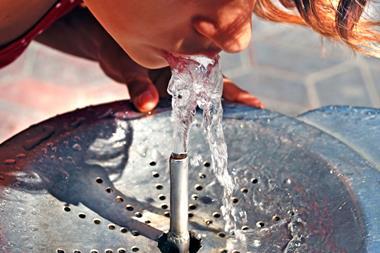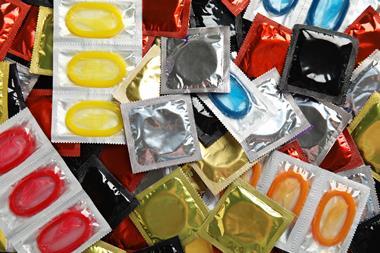The Drinking Water Inspectorate (DWI) is set to apply more stringent restrictions on the levels of per- and polyfluoroalkyl substances (PFAS) allowed in drinking water in England and Wales. Water companies will now have to enforce a limit of 100 nanograms per litre (ng/l) cumulatively for 48 different PFAS. Currently, they only measure whether drinking water samples exceed 100ng/l for 48 individual types of PFAS, which has meant that the total amount of PFAS could far surpass the high-risk threshold.
The updated guidance, expected to become effective in January 2025, goes further than those of the EU and Scotland, which enforce the same 100ng/l for only 20 PFAS chemicals.
This new action by the independent regulator of drinking water follows the #CleanUpPFAS campaign that the Royal Society Of Chemistry launched last year, which called on the UK government to establish new statutory action standards for PFAS in drinking water with a maximum concentration of 10ng/l per single PFAS and 100ng/l for the overall summed concentration of all PFAS. The RSC kicked off that initiative in October 2023, after its analysis found that more than a third of water courses tested in England and Wales contained ‘high’ or ‘medium’ risk levels of PFAS.
RSC policy advisor Stephanie Metzger applauded the new DWI guidance, calling it ‘fantastic’, but cautioned that more needs to be done to address PFAS contamination in the region. ‘While the new total limit for the sum of 48 PFAS will protect our drinking water, the chemicals continue to accumulate in our rivers, aquifers and environment,’ she stated. Because it is unclear how many of these chemicals are being produced, and where they end up, Metzger said it is also important that government and industry create a national inventory of PFAS and enforce stricter limits on industrial discharges.
Under the DWI’s new guidance, water companies will be required to implement emergency measures at drinking water abstraction sites that exceed the new limits to reduce the level of PFAS before the water reaches households, the RSC noted.
Meanwhile, Australia’s National Health and Medical Research Council also recently released updated draft guidelines for PFAS in drinking water, which include revised regulations for four main PFAS chemicals. Specifically, these new proposed guidelines in Australia would reduce the two most well-known and best-studied of these compounds that were phased out years ago – perfluorooctanoic acid (PFOA) and perfluorooctanesulfonic acid (PFOS) – from 560ng/l to 200ng/l and from 70ng/l to 4ng/l, respectively.
The proposed regulations would also set a new limit for perfluorohexane sulfonate (PFHxS) in drinking water of 30ng/l, down from 70ng/l, and a new limit for perfluorobutane sulfonate – which currently has no health-based guideline value in Australia – of 1000ng/l.
In April this year, the US Environmental Protection Agency (EPA) set drinking water concentration limits of 4ng/l for PFOS and PFOA. The EPA’s new standard for three other PFAS chemicals – including PFHxS – in drinking water is 10 parts per trillion.

















No comments yet